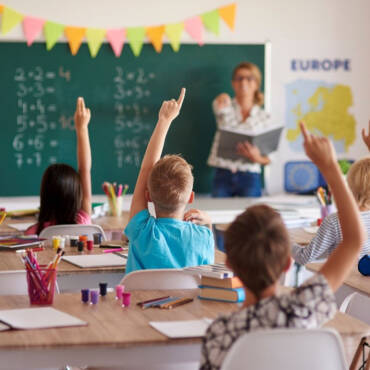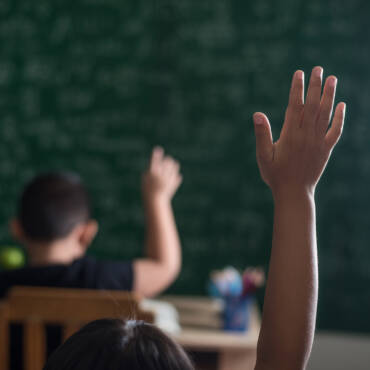Role of Emotions in Learning

Learning and emotions go hand in one. Depending on whether emotions are guiding or influencing the process, emotions can either facilitate learning or get in the way of it. Strong positive or negative emotional states can spread to other people in a learning environment because they are contagious. The emotional moods of students and teachers can affect one another whether in a face-to-face or online setting. Educators can create more effective, learning experiences when they are aware of the importance of emotions in both teaching and learning, as well as how both individual and group emotional states can affect the dynamics of the learning environment and experience.
Emotions play a crucial role in learning, which is something that educators and students alike must recognize. Emotions range from pleasant to negative and are an embodied reaction to a stimulus (whether actual or perceived, internal or external). Emotions can significantly influence whether learning and teaching are supported or undermined in a learning environment. The cognitive abilities of attention, memory, executive function, decision-making, critical thinking, problem-solving, and regulation—all of which are crucial to learning—are closely related to and influenced by emotions.
The motivation of the learner is influenced by both positive emotions and the learning states they support. It is possible to think of motivation as the drive and vitality behind learning. Both internal learning objectives (mastery goals) and external motivators like grade appreciation can help students learn (performance goals). Personal interest, curiosity, relevance, and efficient learning control processes are frequently the driving forces behind mastery goals. It has been found that students who exhibit mastery of goal orientation have more productive attitudes toward learning, which leads to longer-lasting experiences of learning success.
Negative emotional states, such as anxiety, stress, melancholy, apathy, detachment, concern, and fear, are at the other end of the emotional range and can obstruct learning processes, sap drive to learn, and prevent the growth of advantageous learning dispositions. A learner’s attention will be diverted away from what they are trying to learn if they feel threatened. Threats in a learning setting can take the shape of failure, being unprepared, or feeling cut off from the teacher or other students. Detrimental emotions that are not constructive might result in poor motivation or disengagement, which can have a negative effect on a student’s learning experience and create difficult situations and dynamics for teachers to manage in the classroom.
Involvement, wonder, enthusiasm, passion, inventiveness, engagement, and joy are all desirable learning emotions. These improve focus and attention by turning on the brain’s reward system, making the experience appealing. Positive emotional states can help pupils widen their horizons, consider alternatives, persevere through difficulties, and react skillfully to failure and criticism.
As an adult, I can phrase my difficulty in a humorous story. However, school-age children do not enjoy such luxury. Like us, when people are afraid, their own understanding frequently escapes them. When children experience irritation, despair, concern, grief, or humiliation, they are unable to access their own memories, logic, or ability to form connections.
Some children become terrified at the thought of having to read aloud in class. Some youngsters may find it difficult to focus when they have to take a written test or exam because of the demands it places on their memory, understanding, handwriting, planning, and organization. An arithmetic word problem might make some children feel dizzy. Kids that are afraid of something perform poorly and learn new material poorly. The enemy of memory is anxiety. In addition, regrettably, we observe kids whose academic resources and capacities are exhausted by undesirable traumatic situations in many classrooms nowadays. The on/off switch for learning is emotion.
Educational institutes no longer emphasize learning as a solely cognitive activity; emotions are a necessary and valuable component of learning and used to increase engagement, motivation, and student achievement. Learning and teaching experiences can be improved and made more engaging by recognizing the role that emotions play in learning.
Author: Khadija Urooj





Add Comment